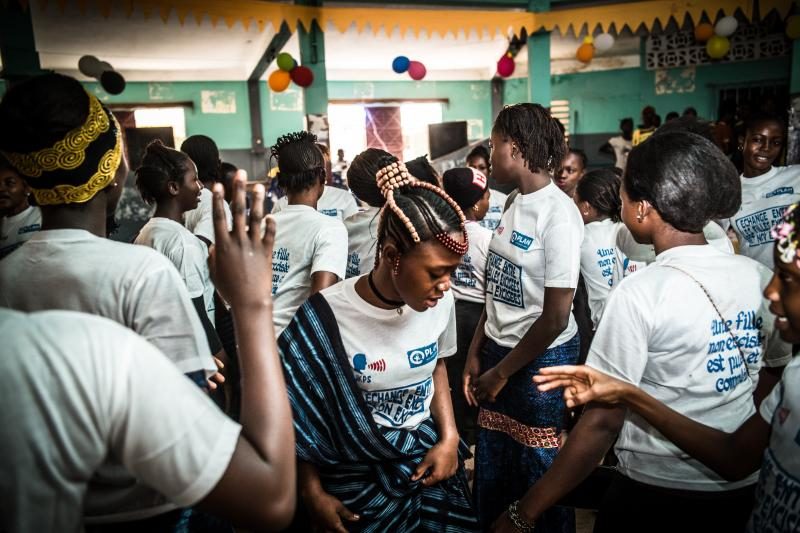Girls’ rights and gender equality
It’s about challenging social norms and attitudes to achieve transformative change for girls and their communities.
For us, it’s about challenging social norms and attitudes to achieve transformative change for girls and their communities. Globally, one in five girls are denied an education by the daily realities of poverty, violence and discrimination. Every day, girls are taken out of school, married far too young, and subjected to violence. This is a violation of their rights, and a huge waste of potential with serious global consequences. Yet we know that investing in girls has the potential to transform the lives of entire communities and countries. We advocate for greater attention to be paid to the specific rights and needs of girls in EU external action, in both development and humanitarian interventions. Girls’ rights and gender equality is a cross-cutting theme within our work on children’s rights, youth economic empowerment, child protection, humanitarian aid and the post-2015 Sustainable Development Goals.
Our calls to the EU
- The EU must provide adequate resources to fund gender equality in the external instrument of the next EU budget;
- All international cooperation and humanitarian programmes must take a rights-based approach to gender equality, focusing on the most marginalised and excluded girls and young women;
- We strongly encourage the EU to involve girls and young women in decision-making to ensure their priorities and needs are reflected and addressed;
- The gender transformative approach must be at the heart of the EU’s approach to gender equality, including challenging discriminatory social norms as this is vital to ensuring transformative change for girls and their communities;
- The EU should also adopt a life-cycle approach to identify the needs and challenges of girls and young women at different stages of their life;
- Finally, the EU should support girls and young women in all their diversity, through policies and programmes underpinned by the principle of intersectionality.

EU Gender Action Plan III
While the European Union’s Gender Action Plan II (GAP) ‘Gender Equality and Women’s Empowerment: Transforming the Lives of Girls and Women through EU External Relations 2016-2020’ is coming to an end, we would like its successor, the GAP III, to ensure further improvements. 2020 is a pivotal year when it comes to gender equality, and we are considering the new GAP as an opportunity for the EU to take a stand for girls and young women, in all their diversity, around the world.